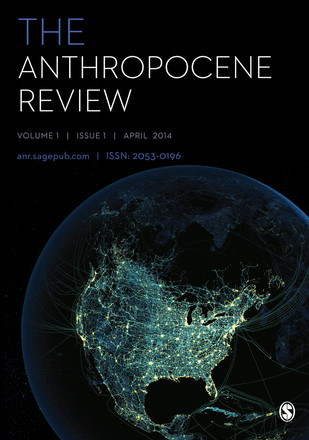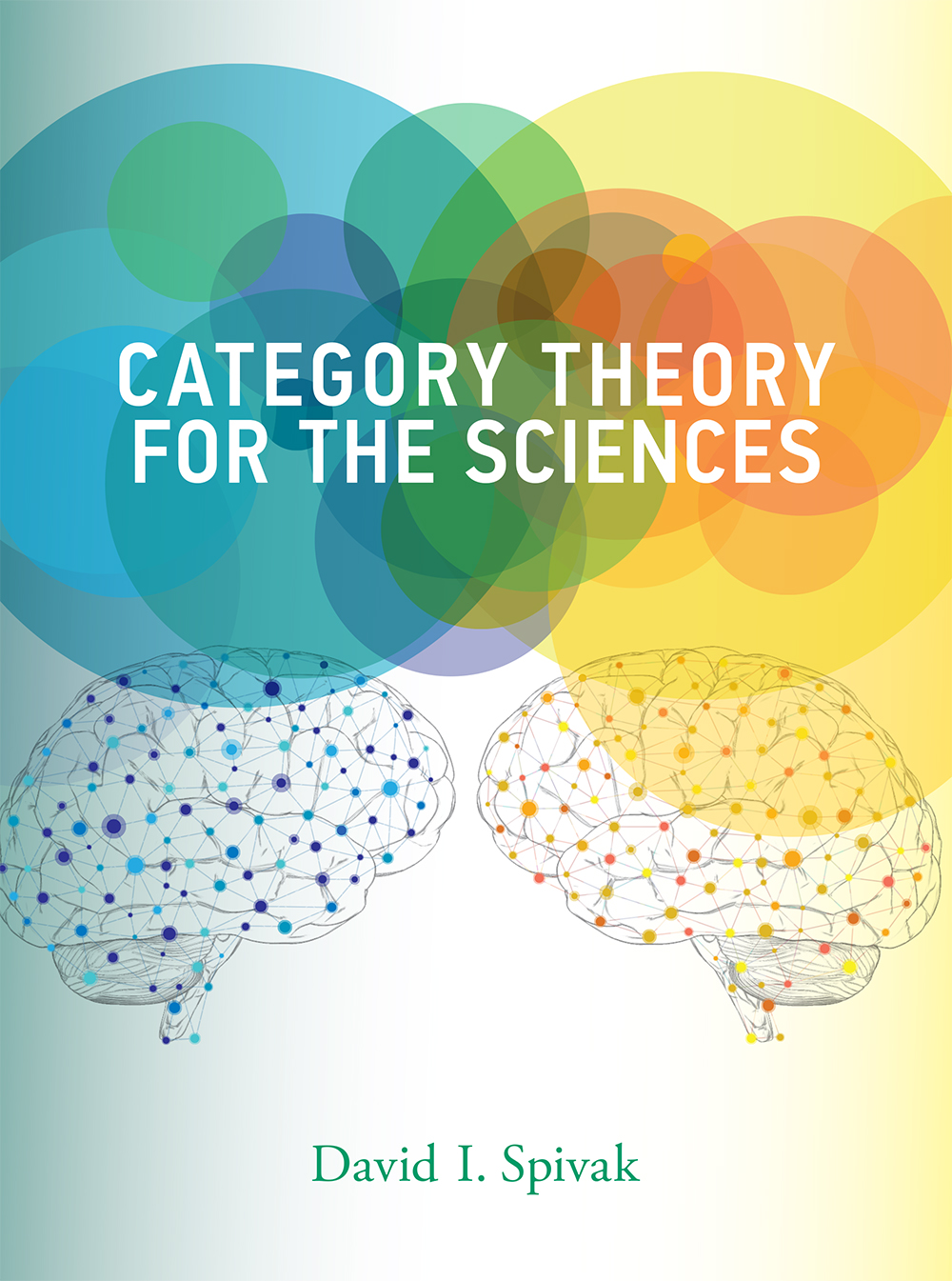The Anthropocene Review, 1(1-3) (2014)
Filed under journal | Tags: · anthropocene, climate crisis, earth, environment, geology, human, science

“The Anthropocene Review is a trans-disciplinary journal issued 3 times per year, bringing together peer-reviewed articles on all aspects of research pertaining to the Anthropocene, from earth and environmental sciences, social sciences, material sciences, and humanities.”
Editor: Frank Oldfield
North American Editor: Anthony D. Barnosky
Publisher Sage
ISSN 20530196
287 pages
Issue 1(1) (Apr 2014, 26 MB)
Issue 1(2) (Aug 2014, 3 MB)
Issue 1(3) (Dec 2014, 2 MB)
Garnet Hertz (ed.): Critical Making (2012)
Filed under artist publishing | Tags: · 3d printing, art, contemporary art, critical making, design, diy, diy biology, engineering, hacker culture, hackerspace, machine, maker culture, manifesto, open source, science, technology

“Critical Making is a handmade book project by Garnet Hertz that explores how hands-on productive work ‐ making ‐ can supplement and extend critical reflection on technology and society. It works to blend and extend the fields of design, contemporary art, DIY/craft and technological development. It also can be thought of as an appeal to the electronic DIY maker movement to be critically engaged with culture, history and society: after learning to use a 3D printer, making an LED blink or using an Arduino, then what?
The publication has 70 contributors ‐ primarily from contemporary art and academia ‐ and its 352 pages are bound in ten pocket-sized zine-like volumes. The project takes the topic of DIY culture literally by printing an edition of 300 copies on a hacked photocopier with booklets that were manually folded, stapled and cut. The 300 finished copies were primarily given away for free to project contributors, individuals and institutions important to them. Some of the handmade copies were traded for reviews, photographs, videos, lectures and were given to library archives.
Due to the large demand for this content, the entire collection had been scanned and released on conceptlab.com/criticalmaking and through the Twitter account @criticalpdfs.”
Publisher Telharmonium Press, Hollywood/CA, November 2012
Open Access
10 booklets, 352 pages total
Reviews: Debatty (We Make Money Not Art, 2013), Blue (Engine Institute, 2013).
single PDF (36 MB)
PDF contributions (67 pieces)
David I. Spivak: Category Theory for the Sciences (2013)
Filed under book | Tags: · category theory, data, database, mathematics, methodology, science, set theory

“Category theory was invented in the 1940s to unify and synthesize different areas in mathematics, and it has proven remarkably successful in enabling powerful communication between disparate fields and subfields within mathematics. This book shows that category theory can be useful outside of mathematics as a rigorous, flexible, and coherent modeling language throughout the sciences. Information is inherently dynamic; the same ideas can be organized and reorganized in countless ways, and the ability to translate between such organizational structures is becoming increasingly important in the sciences. Category theory offers a unifying framework for information modeling that can facilitate the translation of knowledge between disciplines.
Written in an engaging and straightforward style, and assuming little background in mathematics, the book is rigorous but accessible to non-mathematicians. Using databases as an entry to category theory, it begins with sets and functions, then introduces the reader to notions that are fundamental in mathematics: monoids, groups, orders, and graphs—categories in disguise. After explaining the “big three” concepts of category theory—categories, functors, and natural transformations—the book covers other topics, including limits, colimits, functor categories, sheaves, monads, and operads. The book explains category theory by examples and exercises rather than focusing on theorems and proofs. It includes more than 300 exercises, with selected solutions.
Category Theory for the Sciences is intended to create a bridge between the vast array of mathematical concepts used by mathematicians and the models and frameworks of such scientific disciplines as computation, neuroscience, and physics.”
Published 2013
267 pages
Spivak’s 2013 course at MITOpenCourseWare
Comment (0)
